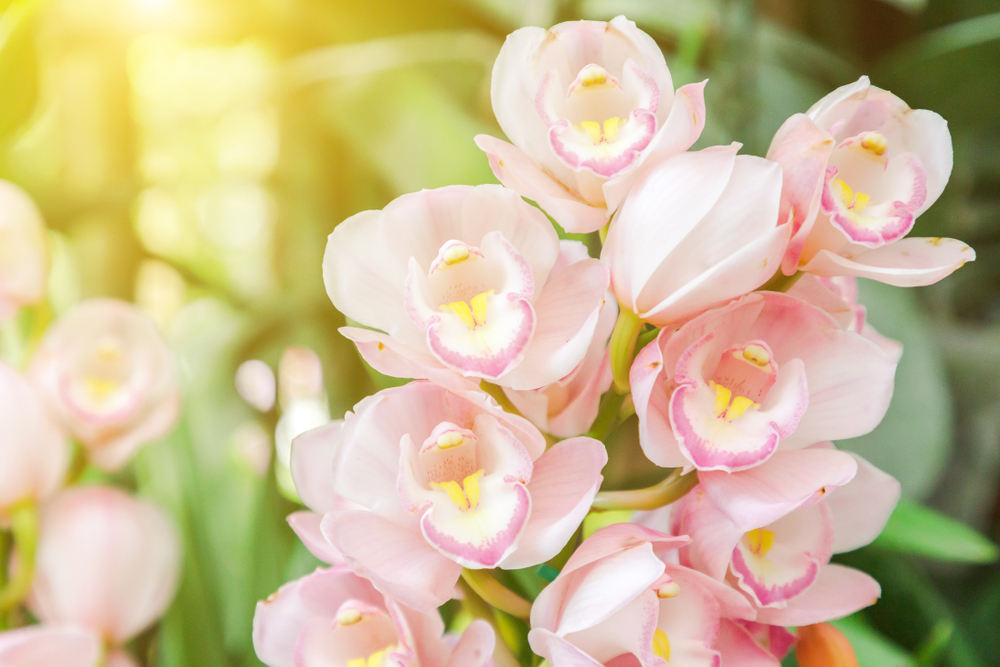
Orchids are probably one of the most popular types of flowers on the market. They come in a variety of shapes and colors and are pleasing to the eye. Some people are wary to grow orchids because they think that they are fragile and hard to take care of. This is not necessarily always the case. Although orchids will need more attention than your average succulent, orchids can be a beautiful addition to any home or garden.
Types of Orchids and Their Hardiness Zones
Interestingly enough certain breeds of orchids can thrive in a wide range of plant hardiness zones.
Lady Slipper Orchids: Zones 2-8
Cypripedium orchids of North America are hardy plants that can grow in cold climates and flower in early to mid-spring when there is a lot of moisture and cool temperatures. Most orchids need a good amount of sunlight, but not too much intense direct sunlight, and this is the case with Lady Slipper Orchids. As we noted up at the top of this post. It is illegal to pick wild lady slipper orchids or attempt to replant them in North America due to their rarity and finicky, fragile nature.
Fortunately, nurseries are growing these lady slipper orchids from seed, so they are available for purchase. Cypripedium grown from seed usually take from 6-8 years to reach flowering size, so when you see flowering size plants sold for less than $35, you can be pretty sure that they have been wild collected.
There are many types of lady slipper orchids, so be sure to do your research and know what each type requires before purchasing.
Calanthe Orchids: Zones 6-7
Moth Orchids: Zones 10-12
Moth Orchids (genus name Phalaenopsis) are probably what you think of when somebody says the word “orchid’. These have large butterfly-like petals and bloom from winter until late spring. This plant prefers to live in warm wet climates but makes a great houseplant if the conditions are ideal.
Caring for Orchids
There is a stigma that orchids are difficult to care for, but if all of their basic needs are met, they are pretty low maintenance.
Basic Needs
Watering: Orchids prefer damn environments, but that does not mean you should soak their soil every day with water. You should keep the soil moist, but allow it to dry out a bit every once in awhile. Keep an eye on how the leaves of your orchid appear. This can indicate whether more or less watering is required.
Research is key to promising your orchid’s survival from nursery to home or garden. If you would like to make orchids a part of your landscaping design, make sure you talk to a landscaping professional who knows your planting zone and how to care for these flowers.
